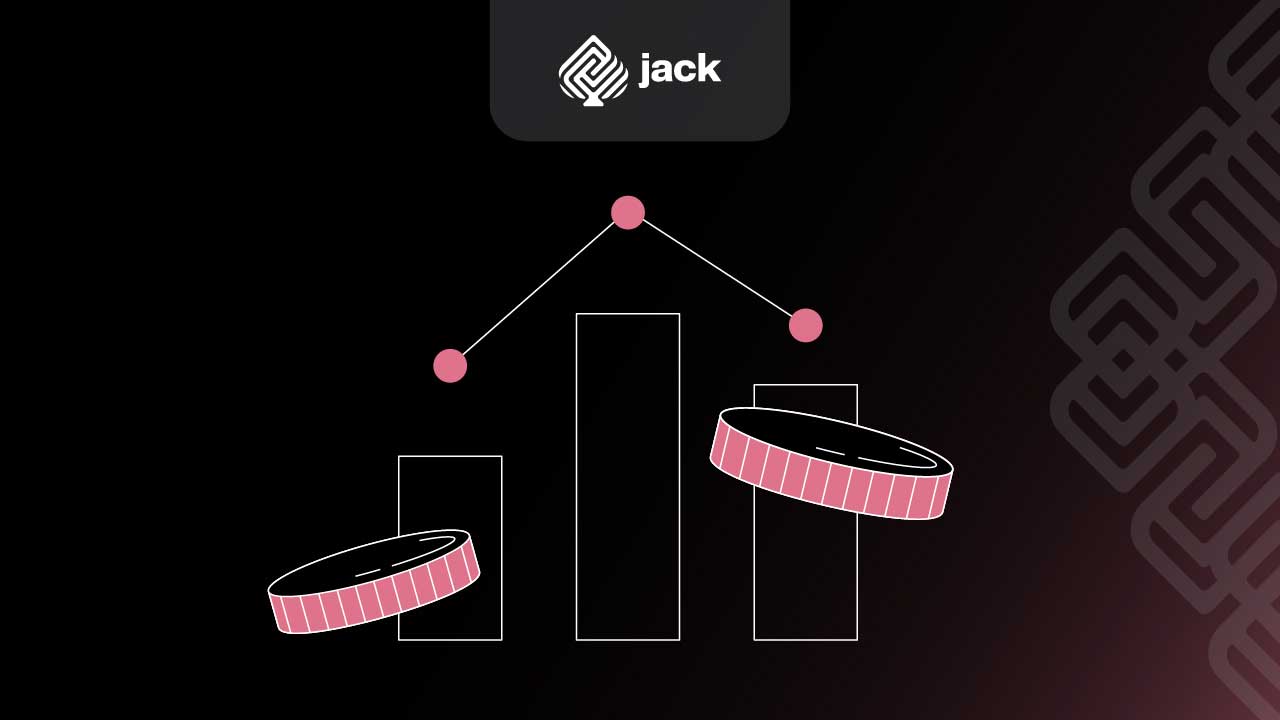Amortization is a crucial financial concept that often forms an integral part of corporate asset management. In financial terms, amortization refers to the process of reducing the value of an asset over time. This article will discuss the definition, benefits, and provide concrete examples of amortization.
Definition of Amortization

Amortization is a calculation method used to spread the cost of an asset with a useful life of more than one year over a specific period. This process allows companies to record and report the cost of assets evenly throughout their useful life. Generally, assets subject to amortization are intangible assets or assets with economic value but lack physical form.
Types of Amortizable Assets

1. Commonly Amortized Assets
Goodwill
Goodwill is the added value given to a business due to its good reputation, strong customer relationships, or other competitive advantages. Although intangible, goodwill can provide significant economic value, hence, amortization is often applied to it.
Patents
Intellectual assets such as patents, involving exclusive rights to an innovation or invention, also tend to undergo amortization. Companies holding patents usually allocate the costs of these patents over a specific period.
Trademark
Trademarks that distinguish a product or service from its competitors are also considered assets subject to amortization. Over time, the value of a trademark may decrease, and amortization helps accurately reflect this decline in financial statements.
2. Why Amortization Is More Commonly Applied to Intangible Assets
Amortization is more commonly applied to intangible assets because these assets often lack directly measurable physical forms.
Intangible assets, such as goodwill, patents, and trademarks, provide economic value but are challenging to measure in the same way as tangible assets like land or buildings.
The amortization process helps companies systematically record the decline in the value of intangible assets over their useful life. This not only reflects the actual conditions of the assets but also adheres to accounting principles requiring accurate recording of asset values.
Benefits of Amortization

1. Accurate Cost Recording
By applying amortization, companies can evenly record the costs of intangible assets throughout their useful life. This helps create more accurate financial reports that reflect the true condition of these assets.
2. Cash and Budget Management
Amortization aids companies in long-term financial planning. By knowing the cost applied to an asset over several years, companies can manage cash flow and budgets more efficiently.
3. Accounting Compliance
Accounting principles require companies to objectively record the decline in the value of assets. Amortization provides a systematic and transparent method to meet these requirements.
Amortization Example
To provide a more concrete example, let’s consider company ABC, which amortizes $1 million in goodwill over ten years. In this case, the company would record $100,000 in amortization expenses each year in its financial statements.
By applying amortization, company ABC ensures that the true value of goodwill is reflected in its financial statements over time. This process provides valuable information to stakeholders for evaluating the company’s long-term performance.
Factors Affecting the Amortization Rate
1. Useful Life
The useful life of an asset is a primary factor affecting the amortization rate. The longer the useful life, the lower the annual amortization rate.
2. Amortization Method
Several amortization methods, such as straight-line or declining balance methods, can be used. The chosen method will affect the annual amortization amount.
3. Residual Value
The residual value is an estimated value of an asset at the end of its useful life. A higher residual value results in a lower annual amortization rate.
5. Asset Value Changes
Significant changes in the value of an asset during its useful life can impact the amortization rate. A decrease in asset value may lead to a higher amortization rate.
6. Taxation Regulations
Some countries have tax regulations influencing the amortization rate. Tax regulations may impose certain limitations or incentives to alter the amortization rate.
See Tutorial Account Verification Jack
Amortization in Practice
Amortization is not just a theoretical accounting concept; it has real impacts on corporate financial management. In the case of intangible assets like goodwill, a company can divide the goodwill value by its useful life to determine the annual amortization to be recorded in financial statements.
For example, if company ABC has goodwill worth $1 million with a useful life of 10 years, the annual amortization recorded in ABC’s financial statements would be $100,000 each year.
In amortization calculations, companies can also choose between the straight-line method, resulting in a constant annual amortization, and the declining balance method, producing higher amortization in the initial years and decreasing over time.
In the financial world, understanding amortization is key to maintaining accurate financial reports and efficiently managing corporate assets. By recognizing the types of assets subject to amortization, understanding why intangible assets are more commonly amortized, and appreciating the benefits of this process, companies can make better financial decisions.
Use Jack for your business needs
Amortization is not merely a technical aspect of accounting; it is a vital tool that helps companies understand and manage the value of their assets over time.
By wisely applying the concept of amortization, companies can enhance the quality of their financial reports and build a solid foundation for long-term growth.






